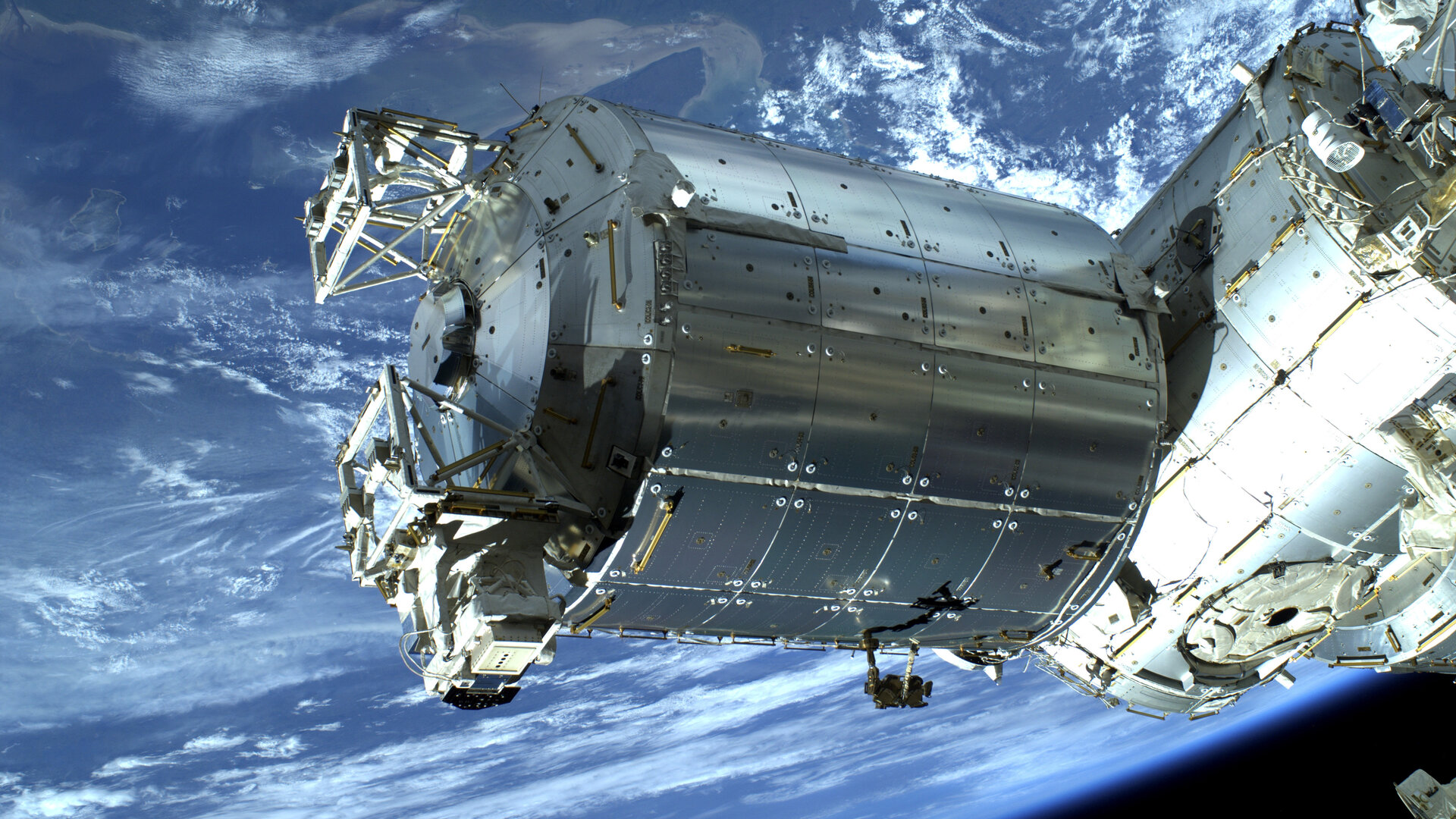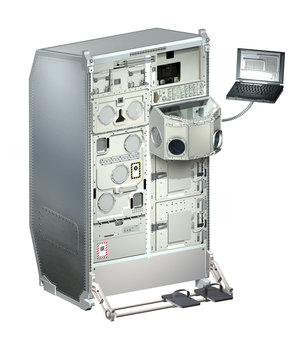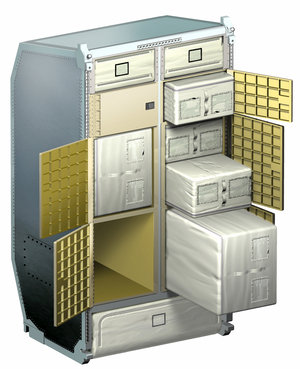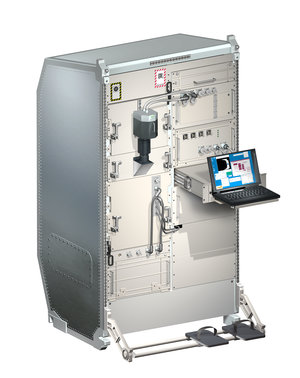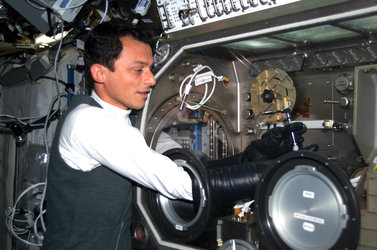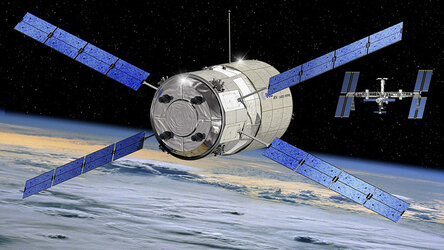Columbus laboratory
The Columbus laboratory is ESA’s largest single contribution to the International Space Station. It was also the first permanent European research facility in space.
The state-of-the-art facility offers 75 cubic metres of space and contains an entire suite of research equipment. External platforms support experiments and applications in space science, Earth observation and technology.
Columbus offers European scientists full access to a weightless environment that cannot possibly be duplicated on Earth.

Payload racks
The Columbus laboratory has room for ten internationally standardised racks to accommodate experiment equipment – eight payload racks in the sidewalls and two in the ‘ceiling’ These racks are tailored to squeeze the maximum amount of research from a minimum of space, shared by ESA and NASA.
Each rack is the size of a telephone booth and can host autonomous and independent laboratories, complete with power and cooling systems. Video and data links send results back to researchers on Earth.
ESA has five payload racks inside Columbus:
- Biolab supports experiments on micro-organisms, cells and tissue cultures and even small plants and insects.
- The European Physiology Modules Facility investigates the effects of long-duration spaceflight on the human body.
- The Fluid Science Laboratory accommodates experiments looking into the strange behaviour of liquids in microgravity. These experiments bring far-reaching benefits to Earth, such as better ways to clean up oil spills and improved manufacture of metals.
- The European Drawer Rack – a modular and flexible experiment carrier system for a large variety of scientific disciplines.
- The European Transport Carrier – accommodates items for transport and stowage. It also serves as a workbench.

Two external facilities are attached to Columbus and exposed to the vacuum of space:
- The European Technology Exposure Facility– holds samples that are exposed to space.
- Solar is a platform to study solar-related phenomena.
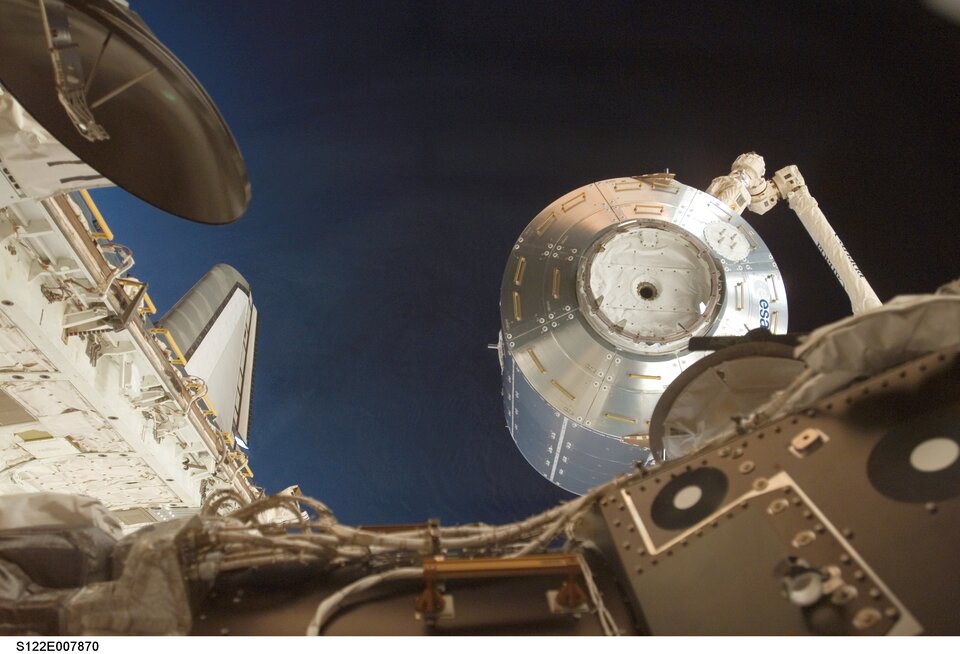
Ground support
Day and night, a worldwide network of control centres support the astronauts living and working on the International Space Station. In Europe, the Columbus Control Centre in Oberpfaffenhofen, near Munich, Germany, is the direct link to European astronauts in orbit.
Researchers on Earth can control and monitor experiments in the European Columbus laboratory by relaying commands and experiment data directly from their workplaces. Dedicated connections with eight User Support and Operation Centres across Europe make this possible.


